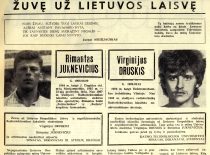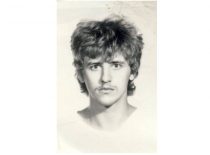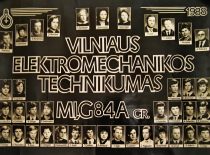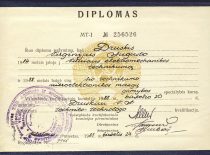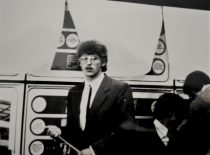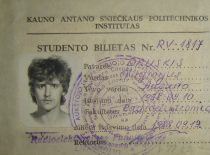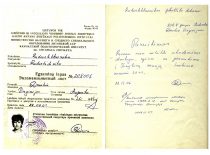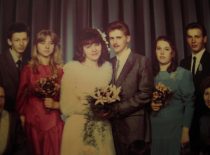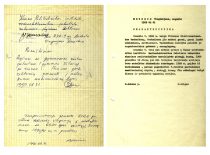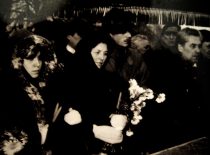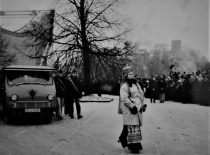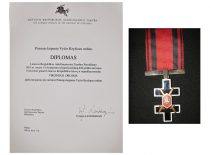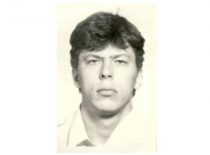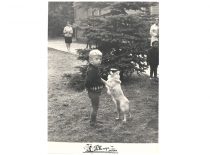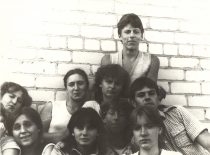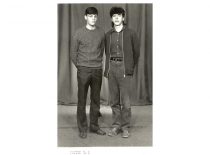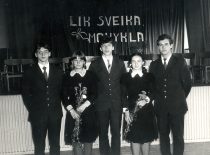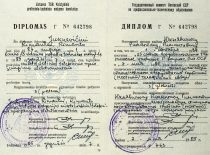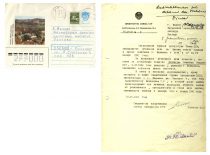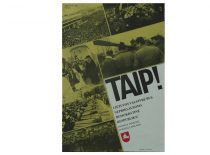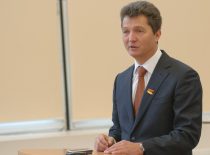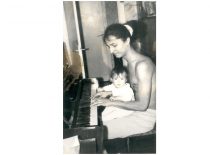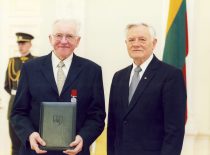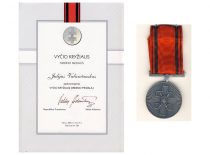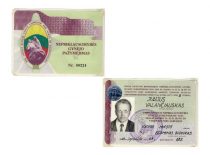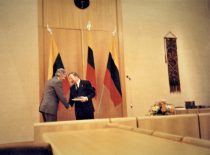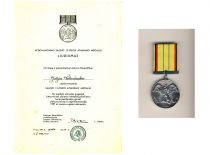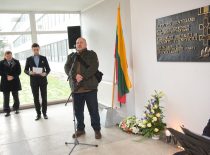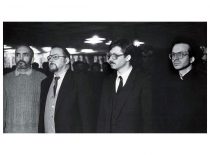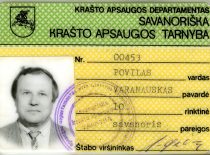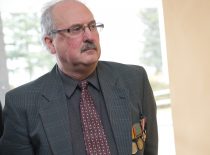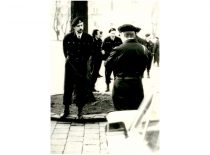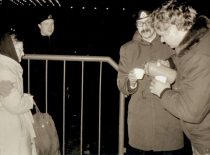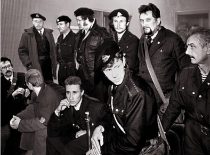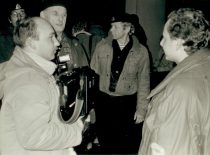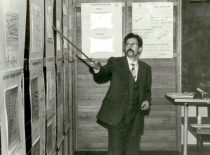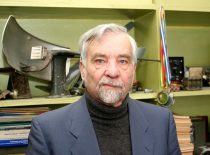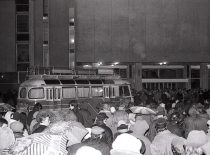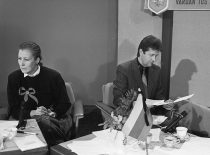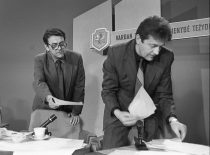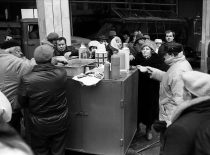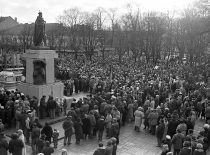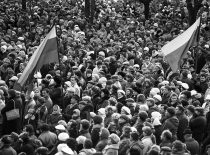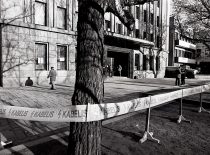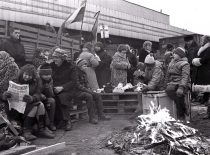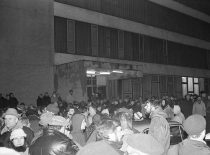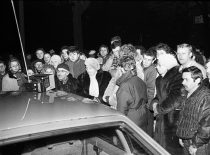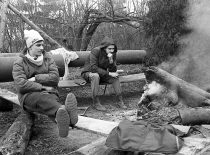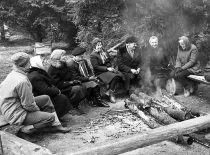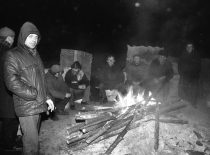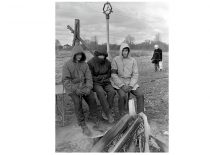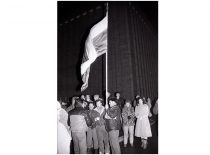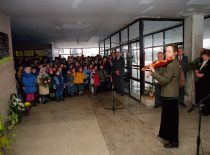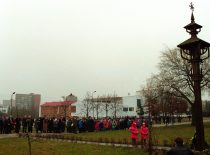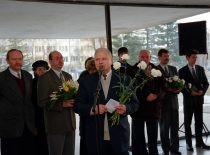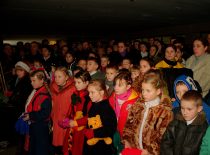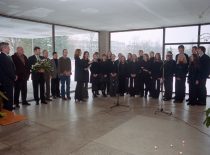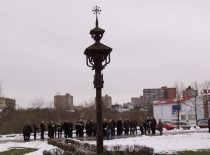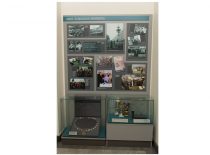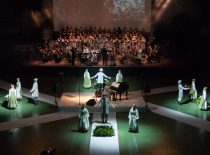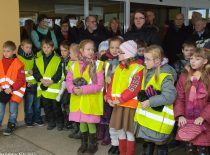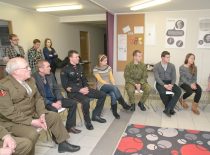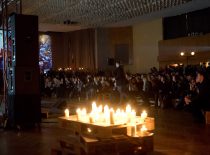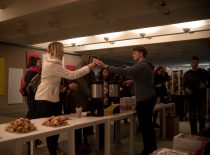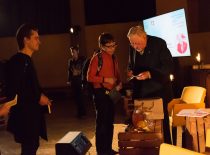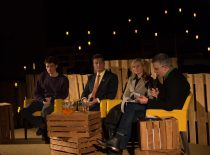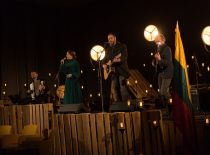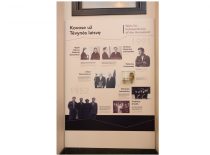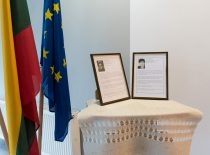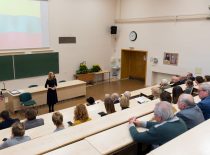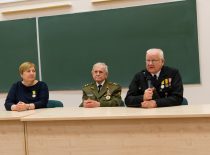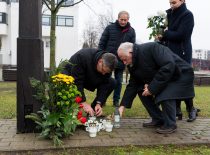30th anniversary of January 13
This year marks the 30th anniversary of January 13. KTU academic community was actively involved in the defence of independence of Lithuania in 1991. Students, lecturers and employees went to Vilnius by buses to defend the state objects; others were protecting the buildings of television and municipality in Kaunas, Sitkūnai radio station and Juragiai radio and television rebroadcast station. On January 13, the students of KTU Radioelectronics Faculty Virginijus Druskis and Rimantas Juknevičius died by the Television tower. After the gory events of January 13, KTU Senate addressed the universities and higher education institutions of the world asking to support the fight of the Lithuanian people for our independence. The universities of the neighbour countries responded to KTU request. Tallinn University of Technology expressed its condolences and solidarity with KTU in the letter in the Lithuanian language. The letter, authorised by the general assembly and signed by the Vice-Rector V. Mikkal, said: “<…> The heroism of your people makes us feel proud. We stand with You. The Baltic nations will not be broken! The Baltic nations will win their freedom!” At that time, the people of Lithuania became the nation of heroes. As the years go by, these events become history and their participants – historical figures; however, they were ordinary people who became heroes at the crucial moment to our country. On the occasion of the anniversary of January 13, KTU Museum prepared a virtual exhibition for those who want to learn more about the fallen heroes V. Druskis and R. Juknevičius, the members of KTU community who were defending the Television tower, participated in the protection of the Parliament, understand the role of Kaunas in the crucial days of 1991 and see how the university commemorates January 13.
The virtual exhibition displays documents and photographs from the archives of the widow of Virginijus Druskis, Asta Druskienė Klingienė, the family of Rimantas Juknevičius, the defenders of freedom Robertas Gradauskas, Julijus Valančauskas, doc. Saulius Japertas and KTU, photographs by the former photo correspondent of the newspaper “Kauno Diena” Edmundas Katinas capturing the images of January 1991 in Kaunas and photographs by Jonas Klėmanas from the 1996–2020 KTU events commemorating January 13.


